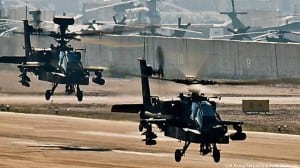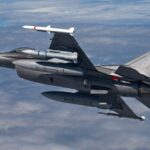
A final plan for settling the Army National Guard’s ownership of AH-64 Apache and how many of the attack helicopters it will transfer to the active component should land on Secretary of the Army Eric Fanning’s desk within a month.Air Force Gen. Joseph Lengyel, chief of the National Guard Bureau, said the recommendation will closely resemble that made by the National Commission on the Future of the Army (NCFA) to retain four Apache units of 18 aircraft each within the…

 By
By 











